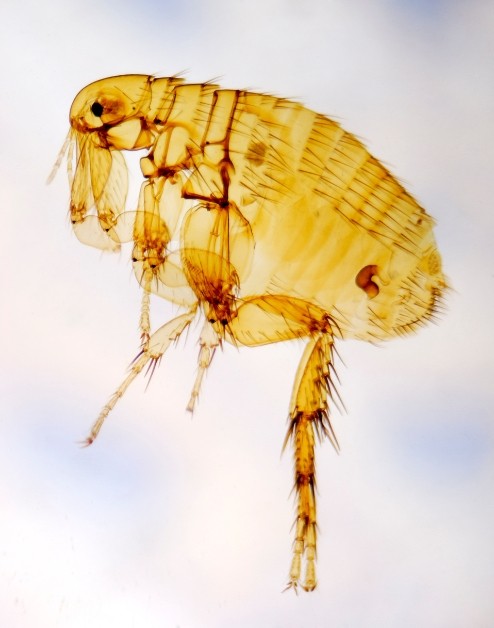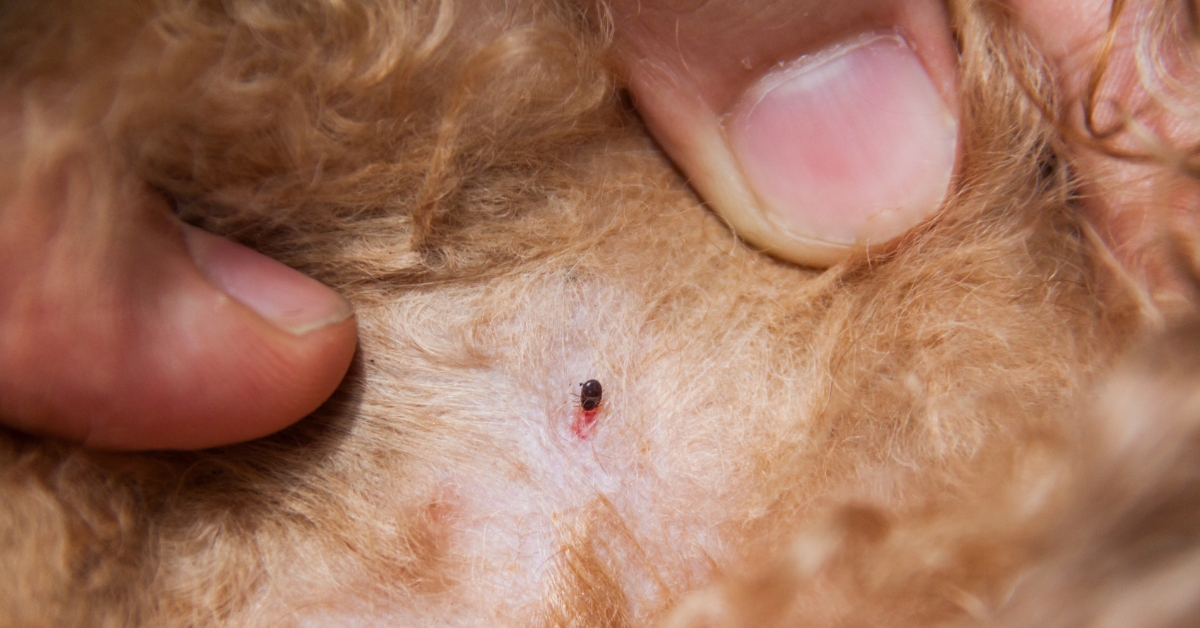Hidden Dangers on the Trail – Why Flea and Tick Prevention Matters Year-Round
Colorado is paradise for outdoor-loving pets and their humans. With miles of scenic trails, crisp mountain air, and wide-open spaces, it’s the perfect playground for your furry friend. But while you’re soaking up the sunshine, something else may be lurking in the brush.
Fleas and ticks don’t take the season off. Even in Colorado’s dry, high-altitude climate, these pests still pose a serious threat. They thrive in shady woods, damp leaf piles, and wildlife-heavy trails—especially in places like Boulder, Lafayette, and surrounding foothills.
Meet the Enemies – Fleas and Ticks in the Rockies
Exploring Colorado’s trails is great for your pet’s body and mind. But those same paths can hide tiny enemies—fleas and ticks—just waiting to hitch a ride.
Species and Habitats
You might think the dry, cool air of the Rockies keeps pests away. It doesn’t. Colorado is home to 80 flea species and 27 types of ticks. These parasites thrive in microclimates—places with just enough shade, moisture, and warmth to let them survive.
Think of wooded trails, tall grasses, fallen logs, or even that shady spot under your porch. Wildlife like deer, rabbits, and squirrels carry these pests and drop them near your favorite hiking spots . Once your dog runs by? They’re in.
When They’re Active
Most people worry about fleas and ticks in spring and summer. And yes, they’re most active then. But that’s not the whole story.
Some ticks stay active during winter, especially in the foothills and wooded areas. Certain species can survive beneath snow, waiting for the chance to climb onto your pet during a sunny hike. And fleas? They may be tiny, but they’re tough. Once inside your warm home, they can survive year-round, especially if they’ve nestled into bedding, carpets, or soft furniture.
Even indoor pets aren’t safe. Fleas can hitch a ride on your clothes or come in through other animals. So while the weather may cool off, the risk doesn’t.
This is why flea and tick prevention matters year-round—not just in summer. By staying aware of when and where these pests show up, you can help keep your pet safe no matter the season.
What’s at Stake – Health Risks for Pets and Humans
Fleas and ticks aren’t just itchy annoyances. They can cause serious health problems for your pet—and even for your family. This is why flea and tick prevention matters year-round. Let’s take a closer look at what these tiny pests can really do.
Flea-Transmitted Problems
Fleas bite. And for many pets, those bites trigger flea allergy dermatitis, leading to constant itching, raw skin, and even infections. In severe cases—especially with smaller or senior animals—fleas can cause anemia by feeding on too much blood.
But it doesn’t stop there. Fleas carry tapeworms, which your pet can swallow while grooming. They also spread Bartonella, the bacteria behind cat scratch disease, which can pass to humans through a scratch or bite. And yes, in some parts of Colorado, fleas have even been linked to plague—a rare but dangerous illness.
Tick-Borne Illnesses
Ticks are stealthy. They latch on quietly and stay attached for hours or even days. That’s all the time they need to spread diseases like Colorado tick fever, a virus that can hit both pets and people with flu-like symptoms.
Another tick-borne danger is tularemia, a bacterial infection often found in wildlife. Pets who sniff or bite infected animals can pick it up easily. Then there’s tick paralysis, a condition caused by toxins in a tick’s saliva that can lead to muscle weakness or even trouble walking.
Zoonotic Threats
What makes fleas and ticks even more concerning is this: They don’t just affect pets. They can pass diseases to people too.
When your dog comes home from the trail with a tick or flea, your home becomes part of the problem. These parasites can move onto carpets, couches, and even people—spreading illness without warning. Kids, seniors, and anyone with a weaker immune system are especially at risk.
So this isn’t just about protecting your pet. It’s about protecting your whole household—another reason year-round flea and tick prevention should be part of your care routine.
Climate Change and Extended Risk
As Colorado’s climate changes, so does the behavior of fleas and ticks. Warmer winters, unpredictable weather, and shifting wildlife patterns are creating new risks for pets and their people.
Shifting Patterns
In the past, cold winters gave a break from fleas and ticks. But now, milder winters mean longer active seasons. Parasites are surviving deeper into the year and becoming active earlier in spring.
This means your pet may face parasite exposure even in months that used to be “safe.” If you pause prevention during cooler seasons, you’re giving pests a chance to gain ground.
Expanding Territory
Ticks aren’t just staying put. As climate zones shift, they’re moving into higher elevations and urban areas that were once low-risk. Trails that felt safe five years ago may now be crawling with new threats.
Wildlife migration and warmer ground temperatures help these pests expand. That includes places near homes, parks, and even neighborhood trails.
This growing reach makes it clear: why flea and tick prevention matters year-round is no longer a question—it’s a fact. Staying protected all year helps you stay one step ahead of what’s changing outdoors.
Why It’s Always Flea & Tick Season
It’s easy to think that Colorado’s crisp air and high elevation keep pests away. But as we’ve seen, fleas and ticks are more persistent than many believe. They survive in shady trails, hide in your home, and stay active longer thanks to shifting seasons.
Flea bites and tick-borne diseases aren’t just warm-weather problems. From skin issues and tapeworms to tularemia and plague, these parasites pose serious health risks—for both your pet and your family.
That’s why flea and tick prevention matters year-round. Skipping treatments or seasonal breaks could leave your pet vulnerable when you least expect it.
Sources
- Colorado Ticks and Tick-Borne Diseases – Colorado State University Extension
- Do We Have Fleas and Ticks in Colorado? – Colorado State Publications Blog
- Fleas and Ticks FAQs – VetCare Animal Hospital, Denver
- Flea and Tick Preventatives Comparison Chart – Cornell University College of Veterinary Medicine
- Tick Removal Guidelines – American Veterinary Medical Association (AVMA)
- How to Check Your Dog for Ticks – American Kennel Club (AKC)
- Plague Cases in the West: Fleas and Wildlife – CBS News / Dr. Céline Gounder
- Natural vs. Conventional Flea & Tick Prevention – Edina Pet Hospital
- Natural Flea and Tick Control – WebMD Pets / NRDC
- Year-Round Parasite Prevention – Country Hills Pet Hospital


